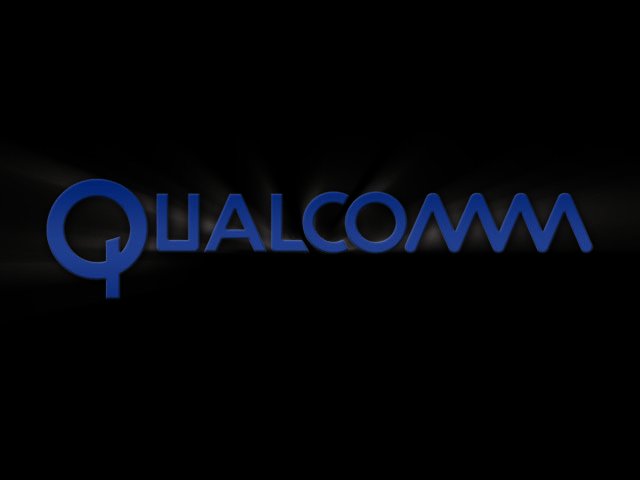James Munn talks Qualcomm Snapdragon
By Mike Joubert 2 February 2010 | Categories: interviews
|
You had a good show at CES this year. Why are so many phone manufacturers moving towards Qualcomm’s Snapdragon processor? Mobile devices and mobile services have become part of people’s everyday lives and they are changing the way people live, work and play. Consumers are progressively moving beyond just using their phones to call people. We see them increasingly using mobile devices to access email, browse the Web, play games, and enjoy multimedia like music and video. The next generation of phones and mobile devices need greater processing power to support these capabilities. Snapdragon delivers the unprecedented combination 3G, processing performance, powerful multimedia capabilities and optimized power consumption all in a single chip to enable a new generation of smart mobile devices. Snapdragon has become the solution of choice for any device manufacturer designing a high-performance, next-generation mobile device. Over time, we expect to see more rich media services offered in Africa. Qualcomm is working with device manufacturers to introduce new Snapdragon-based devices and to extend their availability across world markets, including the Sub-Sahara region. What are you doing right with Snapdragon that Intel is doing wrong with Moorestown? Snapdragon is unique in the market – there is no other chip that combines a custom central processing unit designed from the ground up for high-performance at low-power; comprehensive 3G and connectivity capabilities; and powerful multimedia, all in a single chip. Snapdragon’s value proposition is compelling not only for new smartphones, but also new categories of devices such as smartbooks. Smartbook devices are fundamentally different than anything else on the market today. They take the best aspects of a smartphone experience and scale them up into a device with a larger display for easier content creation and consumption on the go. Smartbook devices are smaller, thinner and lighter than traditional notebook and netbook PCs, with much longer battery life. They are designed to be carried with the user all day and last all day on a single charge. These devices deliver a very different user experience, much more like a two-handed smartphone than a laptop. Qualcomm is leveraging its long history in mobility and connectivity to help customers bring Snapdragon-powered devices to market, and we believe this is a very unique proposition. Looking towards the future, what are smartphone manufacturers demanding from Qualcomm? As mobile applications become more demanding, and networks become faster and more capable of handling heavy data loads, smartphones will continually push the limits of what is possible on a mobile device while still ensuring a good user experience. Mobile performance, power optimization, connectivity options, and device size remain critical to the success of smartphones. Cost-efficiency will also dictate how accessible devices are in various markets. The Snapdragon is now also being used in netbooks. Are there any changes that were made to the processor, and was this Qualcomm’s plan all along (that the processor be used in netbooks too)? Snapdragon is being used in smartbook devices. In early January, Lenovo announced their Skylight product, which is the first Snapdragon notebook. HP and Qualcomm also announced a collaboration to design an Android-powered smartbook device. Right now, there are 15 manufacturers developing more than 40 Snapdragon-based devices, including smartphones and smartbooks. From the inception of Snapdragon several years ago, Qualcomm believed that mobile devices would continue to evolve to become more capable and more valuable to everyday life. This included not only groundbreaking new smartphones, but devices with larger displays. We therefore began work on the custom central processor that is at the heart of Snapdragon, which enables it to deliver performance exceeding 1GHz and with low levels of power. |
Most Read Articles

Have Your Say
What new tech or developments are you most anticipating this year?



 American company Qualcomm’s Snapdragon chipset has taken the smartphone world by storm.
American company Qualcomm’s Snapdragon chipset has taken the smartphone world by storm. 